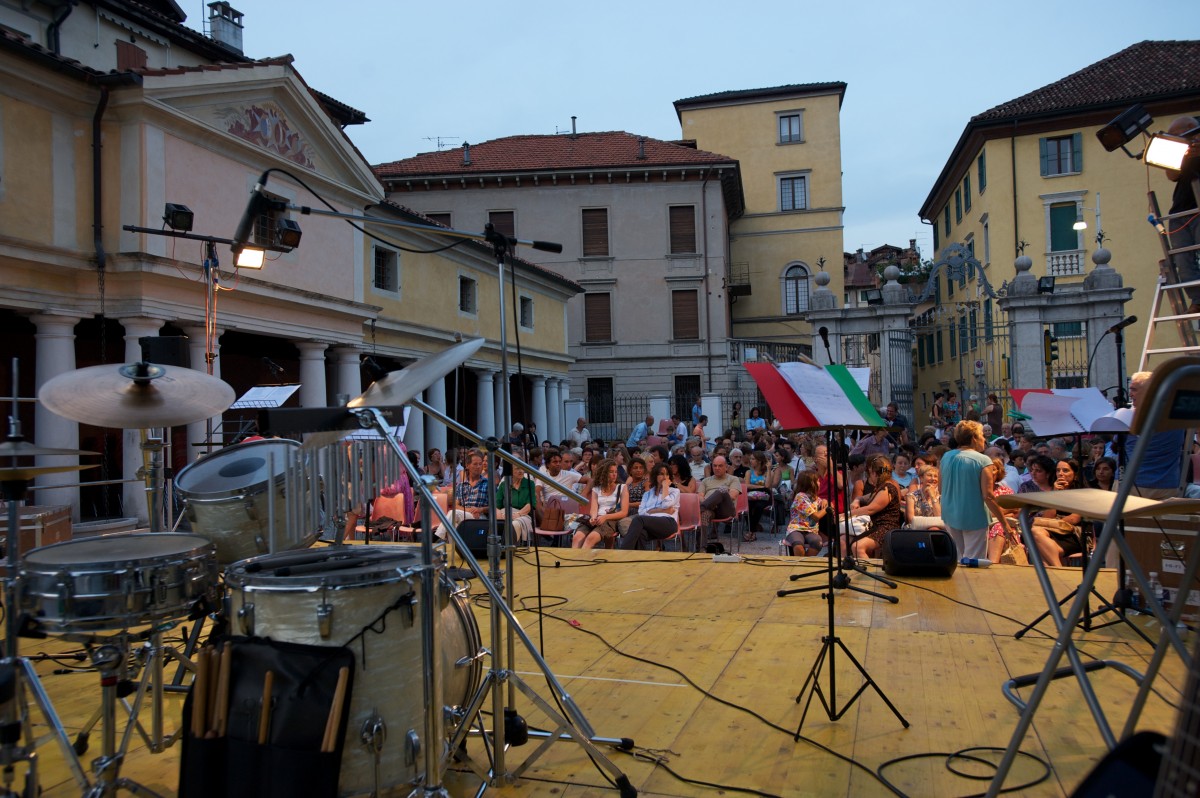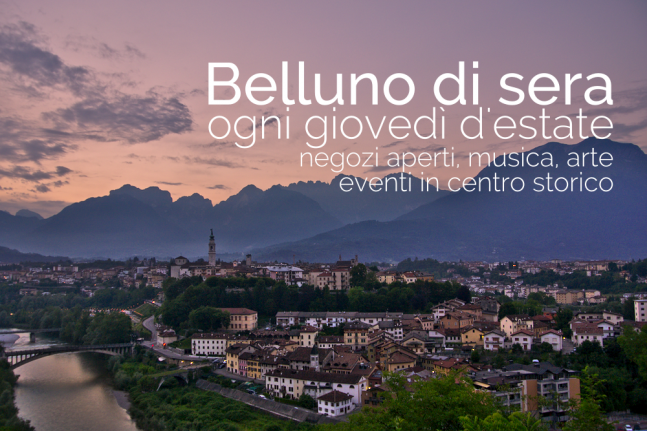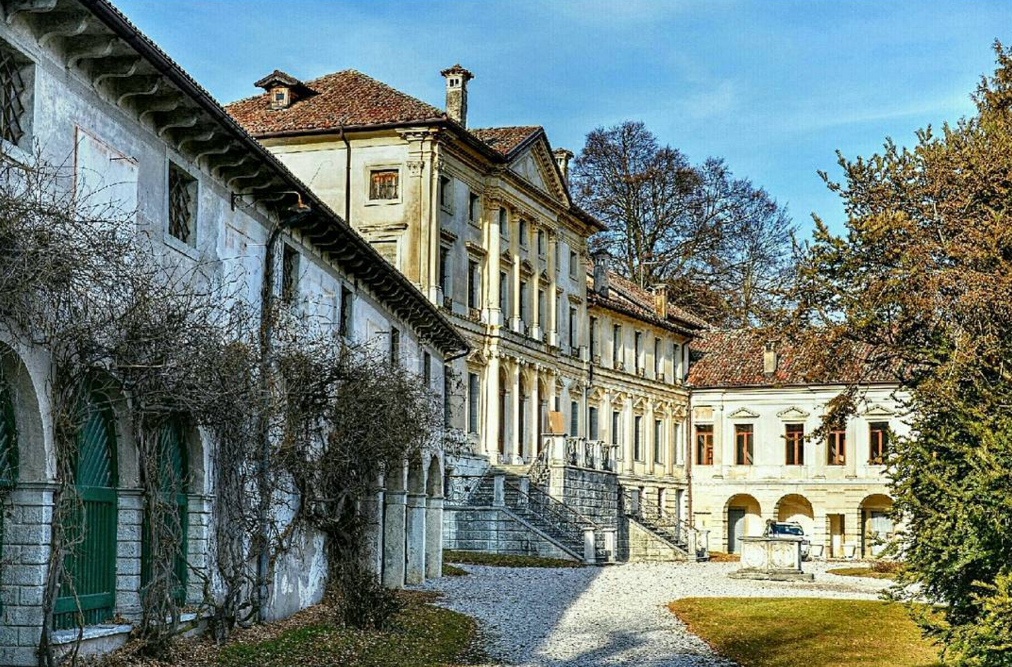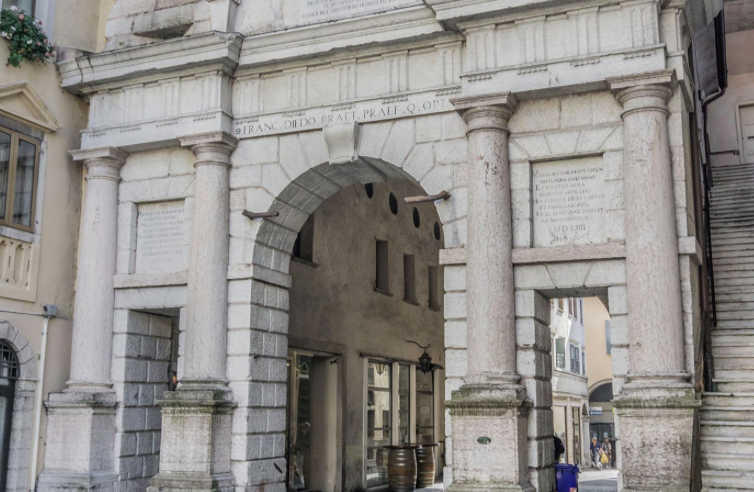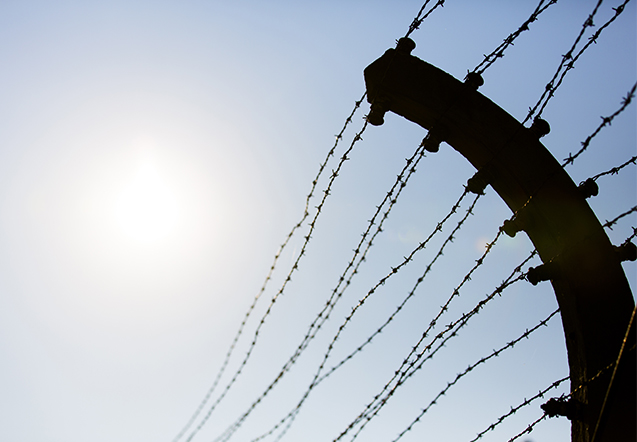A new exhibit has just opened; it celebrates and reminds all of us of the grandeur and wonders of the Dolomites, creating a bridge to the other unique place of our land: Venice and its lagoon.
At Palazzo Crepadona, in the historical center of Belluno, from September 16th, it is possible to visit the large exhibit,“Dolomiti d’acqua – Il viaggio della pittura dai monti verso Venezia e la laguna”, a show that is part of the program for the 20th edition of the festival Oltre le vette – Metafore, uomini, luoghi della montagna, produced by the towns of Belluno andSan Vito di Cadore, where it was partially previewed during the month of August.
The symbolic relationship between the Dolomites and Venice
The exhibit Dolomiti d’acqua consists of a hypothetical artistic voyage along the route of the Piave Valley and its main tributaries, from the Dolomites to Venice.
For centuries, the Piave river has represented a very useful means of transport for moving various goods and the timber fundamental for construction and shipbuilding from the Bellunese mountains all the way to Venice. A path through time and space, it will bring the visitor to appreciate, with the passage of decades, how our landscape transformed and how the artists radically changed their way of representing reality at the beginning of the 1900s.
Giovanni Granzotto writes in the preface of the exhibit’s beautiful catalogue: “This year the exhibition fair (…), which sets out to celebrate and remind all of us of the wonders and grandeur of unique places, the Dolomites, hopes to build a bridge to the other unique place of our land: Venice and its lagoon. There has always been an osmotic relationship between these two worlds, and thus we have sought to create an exhibit that could recount more than a century of artists falling in love with at least one of these places, with all their heart and soul.”
The artworks displayed
The artworks presented represent a cross-section of Venetian landscapes and lifestyles from the mid-1800s and 1900s by way of the main national artists of this period: Guglielmo Ciardi, Luigi Cima, Giorgio De Chirico, Filippo de Pisis, Tancredi Parmeggiani, Fiorenzo Tomea, Virgilio Guidi, just to name a few.
At the end of the big exhibit, in a room of the Palazzo Crepadona, visitors will also find an important surprise: the exhibit “Viaggi e sguardi – Acquerelli di montagna tra Otto e Novecento”. It is a small exhibit of artworks from Bellunese collectors that hope to be the core of an important and original project for the future. You can see watercolors by Compton, Gilbert, Donne and other Europeans masters, all artists of great fame and talent.
La exhibit will be held in Belluno, at the Palazzo Crepadona, from September 16th to November 1st 2016.
Exhibit Hours
From Tuesday to Friday: 10:00am – 12:30pm and 3:30pm – 6:00pm
Saturday and days before holidays: 10:00am – 12:30pm and 3:30pm – 7:00pm
Sunday and holidays: 10:00am – 6:00pm
Closed Mondays except Monday October 31st
Tickets
Full price €8 euros; Reduced* €6 euros
Free entrance for students and children from 0 – 11 years old
*Reduced
Children 12 – 17 years old; Students with valid ID; Over 65 years old; Members of partners (see list at the ticket office); Groups of at least 20 people (1 tour guide free)
Exhibit Catalogue €20.00
Information
For information on the exhibit “Dolomiti d’acqua” you can look at the official website (Italian only) or contact:
Belluno Tourism Office tel. 334 2813222; ufficioturistico@fondazioneteatridolomiti.it
City of Belluno cultura@comune.belluno.it
Bottega del quadro bottegadelquadro@virgilio.it


